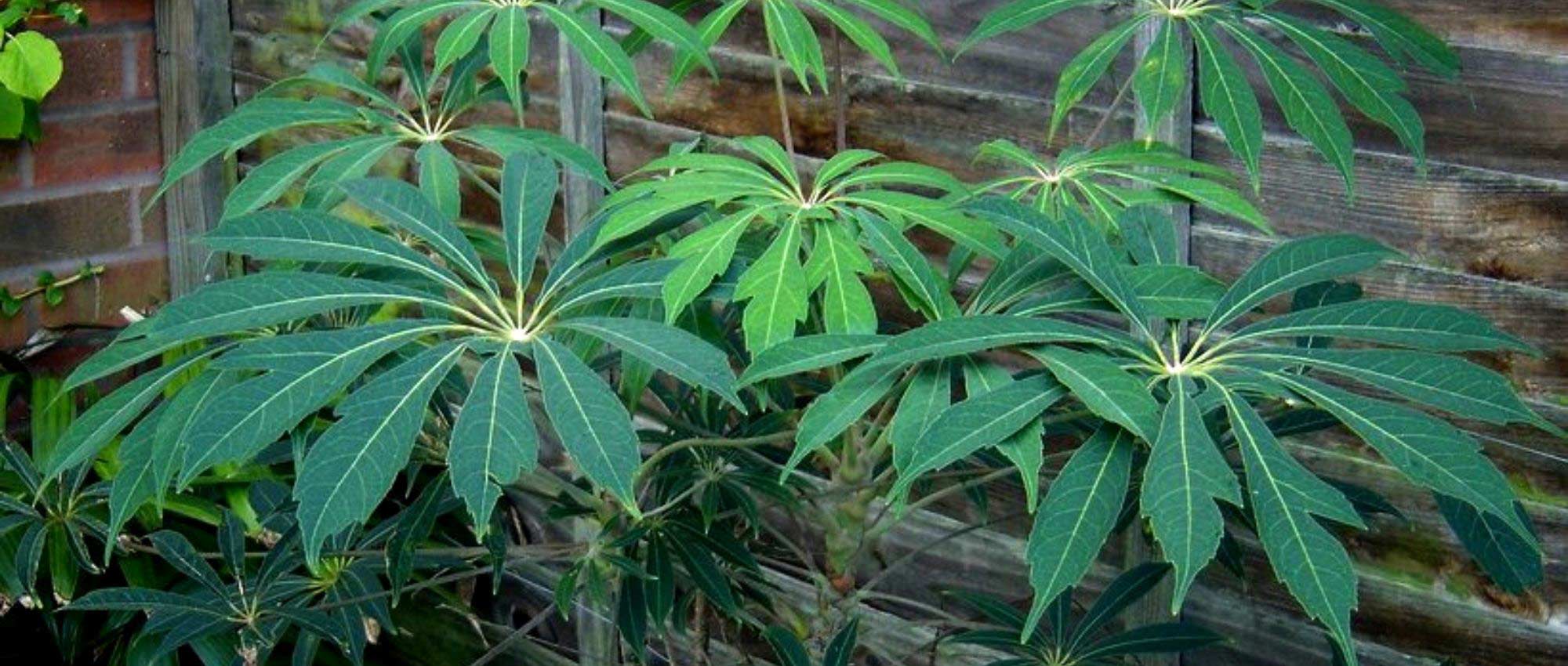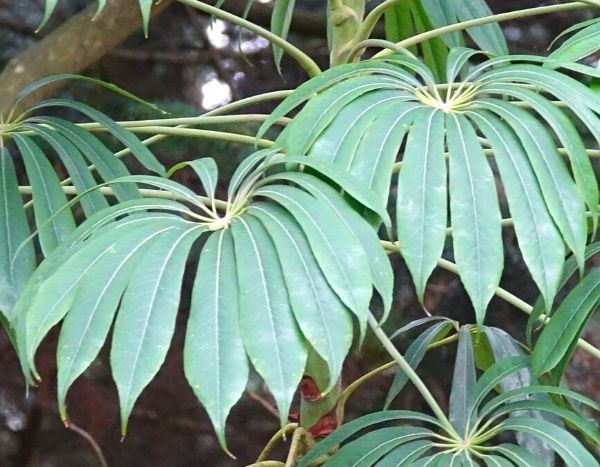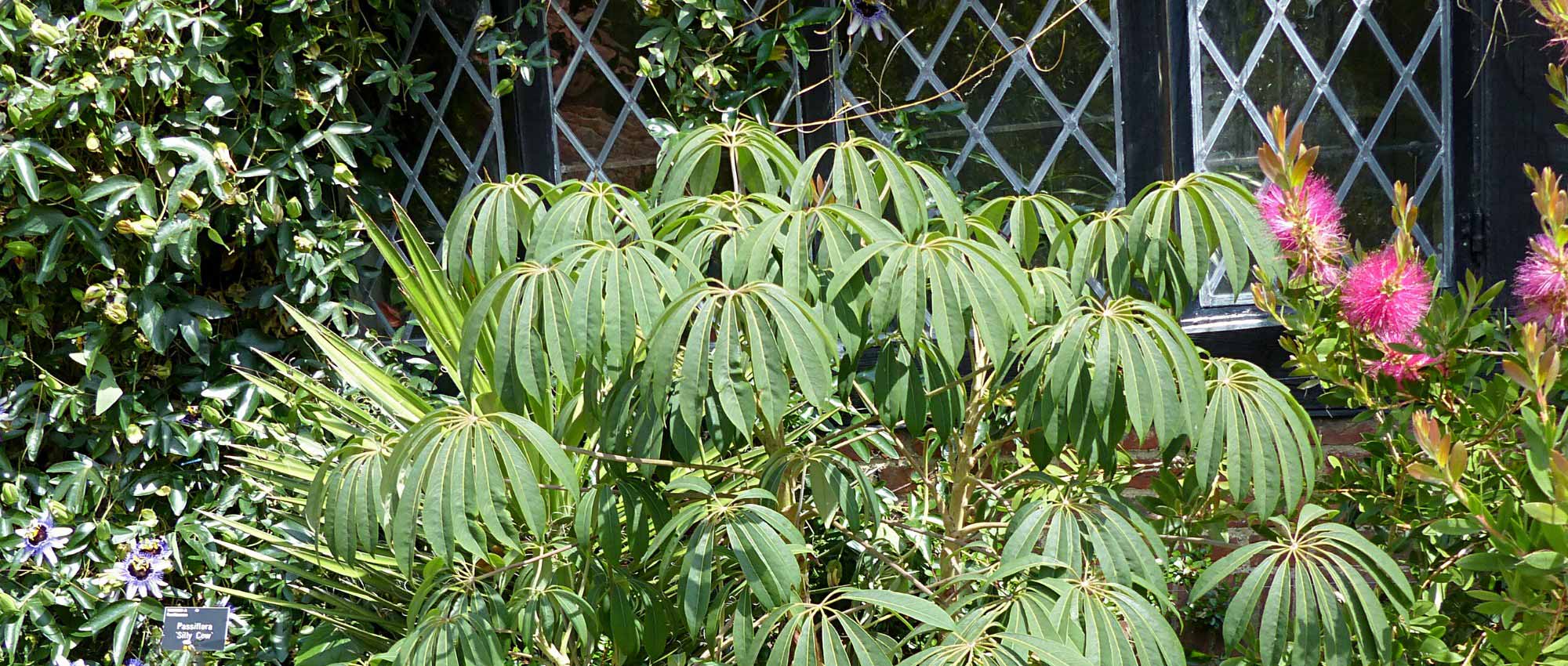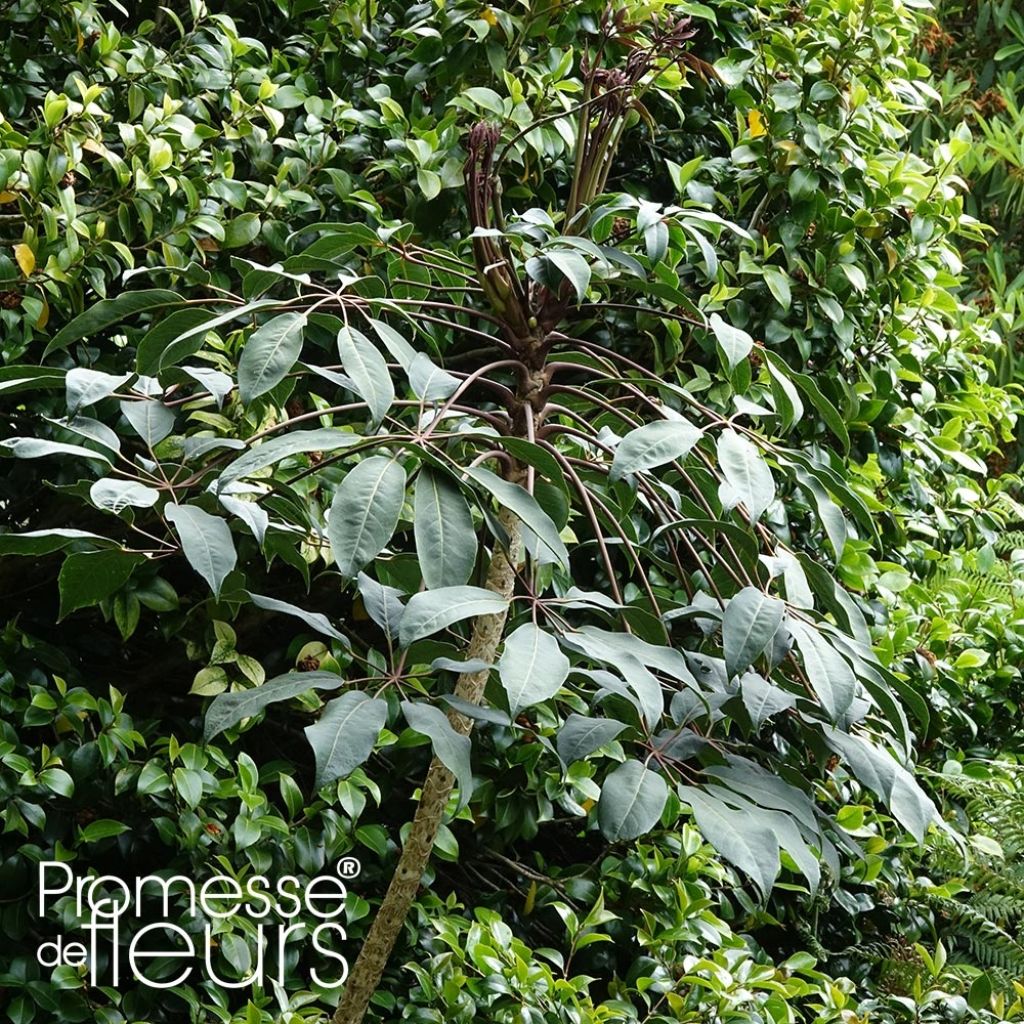

Schefflera alpina - Schefflera
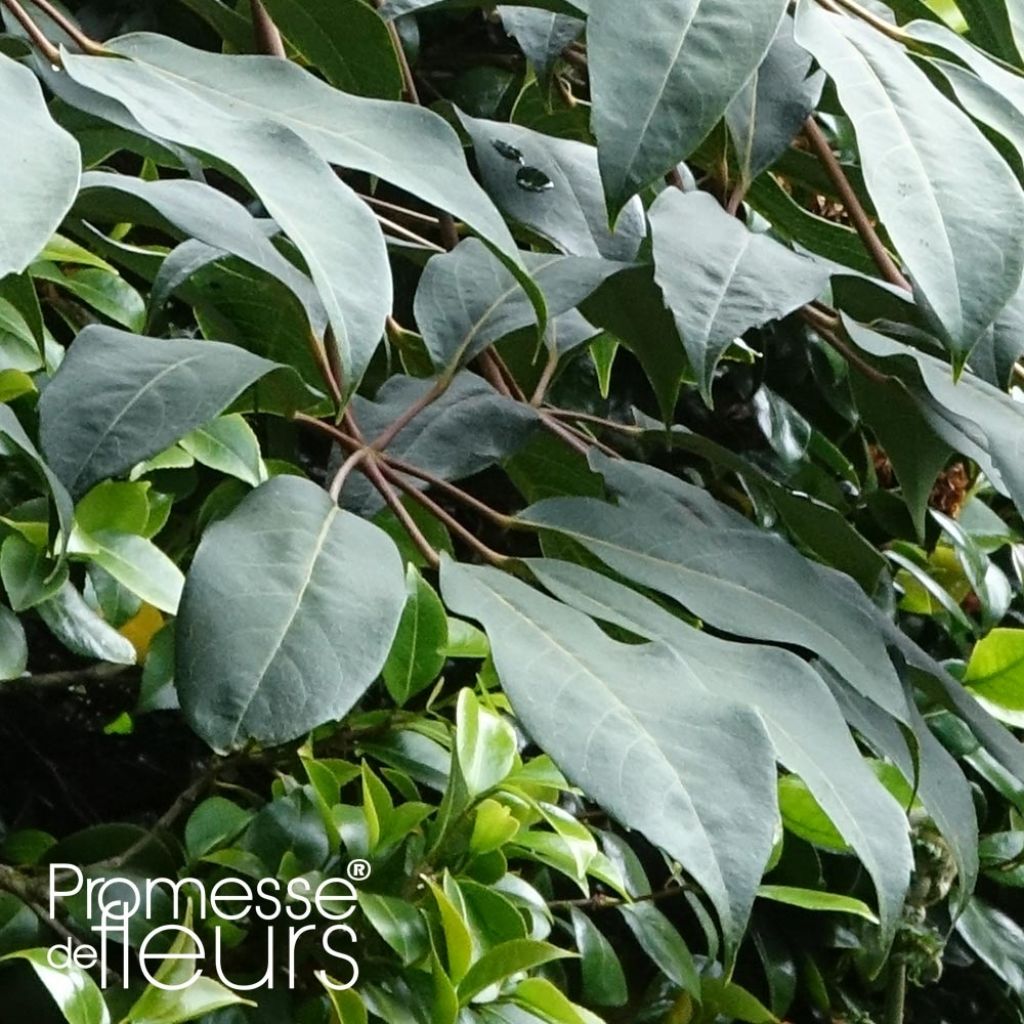

Schefflera alpina - Schefflera
Schefflera alpina
Schefflera alpina
Alpine Schefflera
Too small
Cedric, 06/02/2020
Special offer!
Receive a €20 voucher for any order over €90 (excluding delivery costs, credit notes, and plastic-free options)!
1- Add your favorite plants to your cart.
2- Once you have reached €90, confirm your order (you can even choose the delivery date!).
3- As soon as your order is shipped, you will receive an email containing your voucher code, valid for 3 months (90 days).
Your voucher is unique and can only be used once, for any order with a minimum value of €20, excluding delivery costs.
Can be combined with other current offers, non-divisible and non-refundable.
This plant carries a 24 months recovery warranty
More information
We guarantee the quality of our plants for a full growing cycle, and will replace at our expense any plant that fails to recover under normal climatic and planting conditions.
Would this plant suit my garden?
Set up your Plantfit profile →
Description
Schefflera alpina is a Vietnamese bush with large, evergreen, palmate, and shiny leaves. Exotic but reasonably hardy (down to about -12°C (10.4°F)), it will bring a sculptural and exotic touch to shady or semi-shady beds in the woods, sheltered from the wind, in a cool, humus-rich, well-drained, neutral to acidic soil.
Belonging to the large Araliaceae family, which includes many bushes or small trees like Kalopanax, fatsias or eleuthero (as well as our European ivy!), the Schefflera alpina grows in the high-altitude forests of Vietnam, which gives it a respectable hardiness of around -12°C in a well-sheltered location (protect it from cold winds, which it dislikes). The plant produces large, stiff stems, with few leaves, often in a tuft, giving the whole an erect and somewhat ungainly appearance. While in its natural habitat this schefflera can exceed 5-6 m (16-20ft), most of the time it will grow to 2 to 3 m (7 to 10ft) under our climates, with an equivalent width, depending on the number of stems. This architectural habit particularly highlights the large, evergreen, palmate leaves with 7-9 radiating and slender leaflets, which emerge purple and then turn shiny green. The petioles are also purple. In summer, mature plants produce umbels of small white flowers, which later turn into round, black fruits resembling those of ivy. Growth is slow at first, then relatively fast once the roots are established.
The cultivation of Schefflera requires some experience: indeed, while it is necessary to carefully choose a location sheltered from drying and cold winds, these plants are also quite sensitive to root rot in heavy soil. It is therefore also necessary to provide them with a substrate that is humus-rich, not too drying, neutral to acidic, and well-rained. A group of plants with low competitive root systems, such as oaks, is an excellent option. For the same reasons, it is best to avoid watering the base of the plants outside of a true period of drought. Cultivation is also possible in a large pot, while observing the same precautions.
Schefflera alpina will bring an undeniable exotic and unusual touch to your garden: place it in such a way that it is well showcased, in the company of other plants that have the same effect, such as the superb Tetrapanax, other scheffleras, fatsias, Alangium, or even Tetracentron. For perennials, try Begonia grandis (hardy in mild climates), Zingiber mioga, or Kirengeshoma, and for ferns, the imposing Woodwardia, Dryopteris wallichiana, or the surprising Dryopteris sieboldii.
Schefflera alpina in pictures
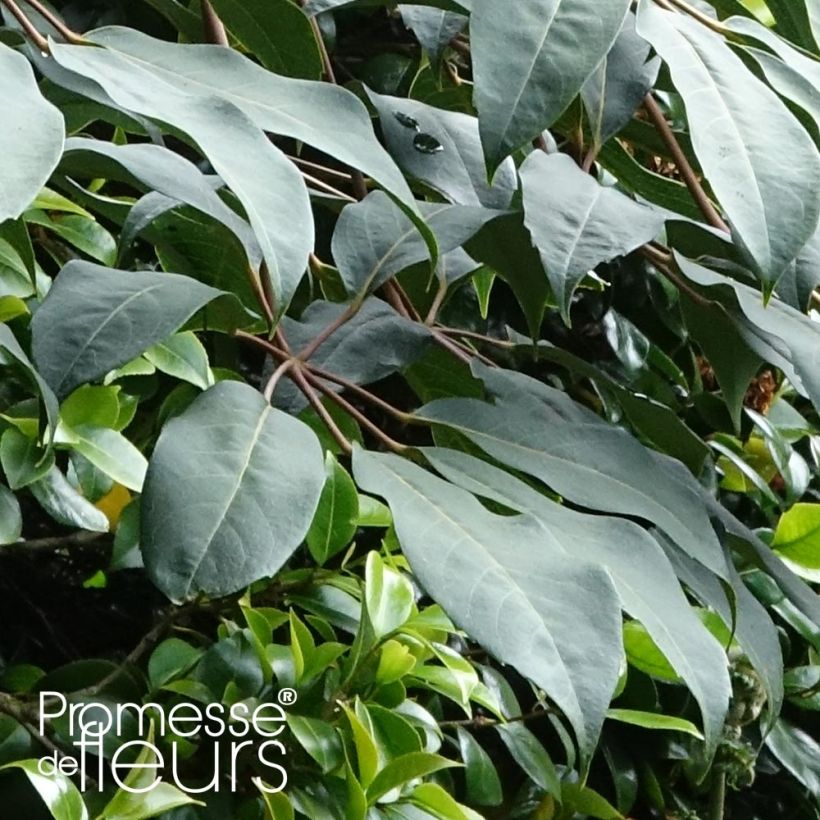

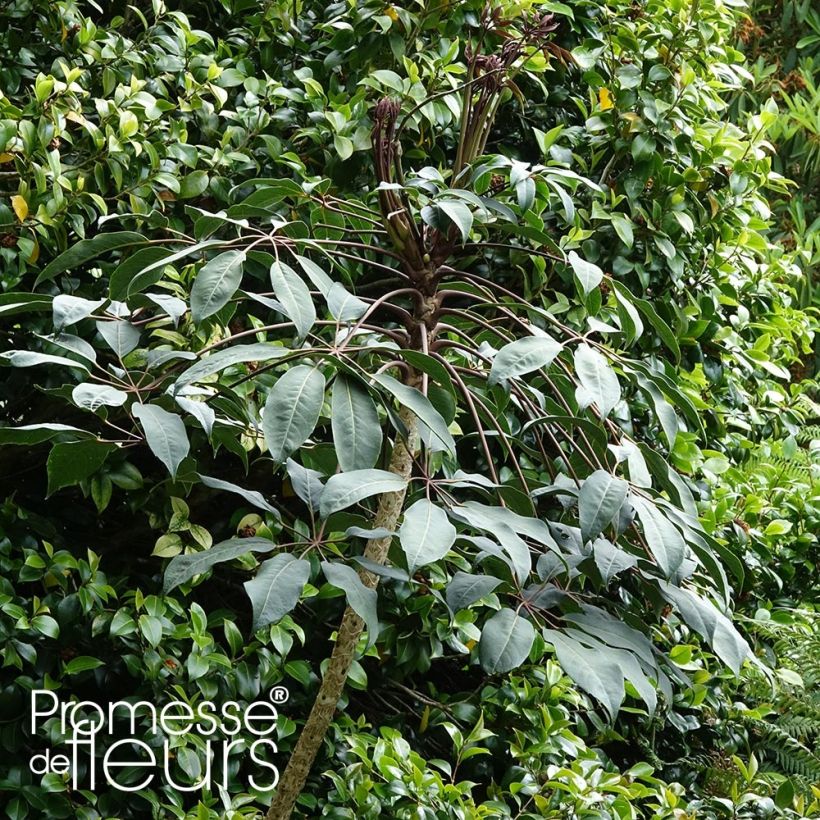

Plant habit
Flowering
Foliage
Botanical data
Schefflera
alpina
Araliaceae
Alpine Schefflera
Southeast Asia
Other Schefflera
View all →Planting and care
Schefflera alpina is a demanding bush that requires a rich, well-draining soil that remains moist in summer but without excess water in winter. It dislikes intense sunlight and prefers a partially shaded exposure. Denser shade is not suitable for it, except perhaps in very sunny hot climates. Care must be taken to protect its ornamental foliage from strong or drying winds. It has been known to withstand very short frosts of around -12 to -15°C (10.4 to 5°F), depending on the soil, climate, and exposure.
Pot cultivation: choose a large container with drainage holes at the bottom. Place a layer of clay pebbles for drainage. Create a mixture of garden soil, leaf compost, and coarse, non-chalky sand. Water regularly, especially in summer. Apply a slow-release fertilizer in spring and autumn. In cold regions, store your Schefflera in a very bright location, protected from severe frosts but with little or no heating.
Planting period
Intended location
Care
Planting & care advice
-
, onOrder confirmed
Reply from on Promesse de fleurs
Haven't found what you were looking for?
Hardiness is the lowest winter temperature a plant can endure without suffering serious damage or even dying. However, hardiness is affected by location (a sheltered area, such as a patio), protection (winter cover) and soil type (hardiness is improved by well-drained soil).

Photo Sharing Terms & Conditions
In order to encourage gardeners to interact and share their experiences, Promesse de fleurs offers various media enabling content to be uploaded onto its Site - in particular via the ‘Photo sharing’ module.
The User agrees to refrain from:
- Posting any content that is illegal, prejudicial, insulting, racist, inciteful to hatred, revisionist, contrary to public decency, that infringes on privacy or on the privacy rights of third parties, in particular the publicity rights of persons and goods, intellectual property rights, or the right to privacy.
- Submitting content on behalf of a third party;
- Impersonate the identity of a third party and/or publish any personal information about a third party;
In general, the User undertakes to refrain from any unethical behaviour.
All Content (in particular text, comments, files, images, photos, videos, creative works, etc.), which may be subject to property or intellectual property rights, image or other private rights, shall remain the property of the User, subject to the limited rights granted by the terms of the licence granted by Promesse de fleurs as stated below. Users are at liberty to publish or not to publish such Content on the Site, notably via the ‘Photo Sharing’ facility, and accept that this Content shall be made public and freely accessible, notably on the Internet.
Users further acknowledge, undertake to have ,and guarantee that they hold all necessary rights and permissions to publish such material on the Site, in particular with regard to the legislation in force pertaining to any privacy, property, intellectual property, image, or contractual rights, or rights of any other nature. By publishing such Content on the Site, Users acknowledge accepting full liability as publishers of the Content within the meaning of the law, and grant Promesse de fleurs, free of charge, an inclusive, worldwide licence for the said Content for the entire duration of its publication, including all reproduction, representation, up/downloading, displaying, performing, transmission, and storage rights.
Users also grant permission for their name to be linked to the Content and accept that this link may not always be made available.
By engaging in posting material, Users consent to their Content becoming automatically accessible on the Internet, in particular on other sites and/or blogs and/or web pages of the Promesse de fleurs site, including in particular social pages and the Promesse de fleurs catalogue.
Users may secure the removal of entrusted content free of charge by issuing a simple request via our contact form.
The flowering period indicated on our website applies to countries and regions located in USDA zone 8 (France, the United Kingdom, Ireland, the Netherlands, etc.)
It will vary according to where you live:
- In zones 9 to 10 (Italy, Spain, Greece, etc.), flowering will occur about 2 to 4 weeks earlier.
- In zones 6 to 7 (Germany, Poland, Slovenia, and lower mountainous regions), flowering will be delayed by 2 to 3 weeks.
- In zone 5 (Central Europe, Scandinavia), blooming will be delayed by 3 to 5 weeks.
In temperate climates, pruning of spring-flowering shrubs (forsythia, spireas, etc.) should be done just after flowering.
Pruning of summer-flowering shrubs (Indian Lilac, Perovskia, etc.) can be done in winter or spring.
In cold regions as well as with frost-sensitive plants, avoid pruning too early when severe frosts may still occur.
The planting period indicated on our website applies to countries and regions located in USDA zone 8 (France, United Kingdom, Ireland, Netherlands).
It will vary according to where you live:
- In Mediterranean zones (Marseille, Madrid, Milan, etc.), autumn and winter are the best planting periods.
- In continental zones (Strasbourg, Munich, Vienna, etc.), delay planting by 2 to 3 weeks in spring and bring it forward by 2 to 4 weeks in autumn.
- In mountainous regions (the Alps, Pyrenees, Carpathians, etc.), it is best to plant in late spring (May-June) or late summer (August-September).
The harvesting period indicated on our website applies to countries and regions in USDA zone 8 (France, England, Ireland, the Netherlands).
In colder areas (Scandinavia, Poland, Austria...) fruit and vegetable harvests are likely to be delayed by 3-4 weeks.
In warmer areas (Italy, Spain, Greece, etc.), harvesting will probably take place earlier, depending on weather conditions.
The sowing periods indicated on our website apply to countries and regions within USDA Zone 8 (France, UK, Ireland, Netherlands).
In colder areas (Scandinavia, Poland, Austria...), delay any outdoor sowing by 3-4 weeks, or sow under glass.
In warmer climes (Italy, Spain, Greece, etc.), bring outdoor sowing forward by a few weeks.






























